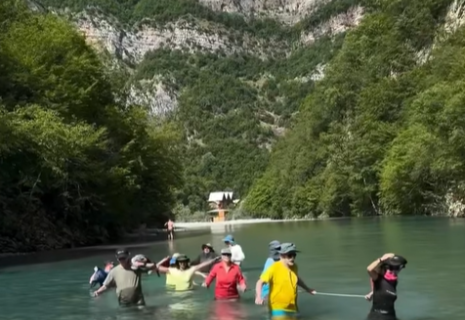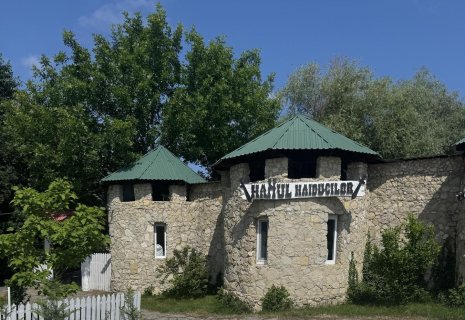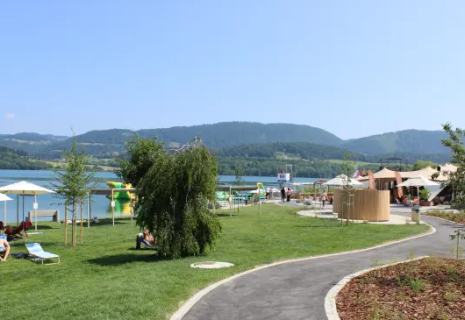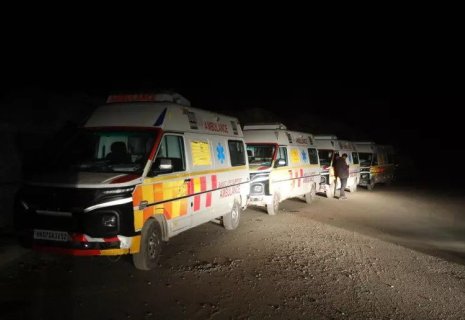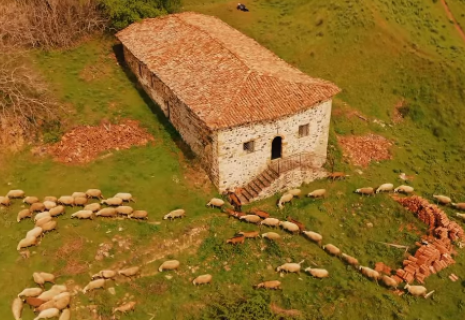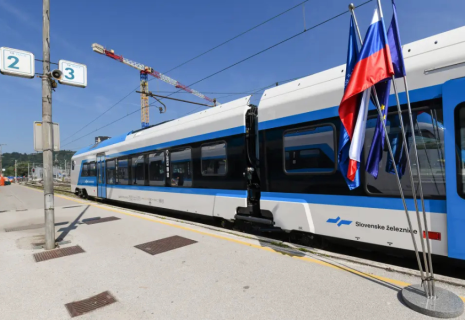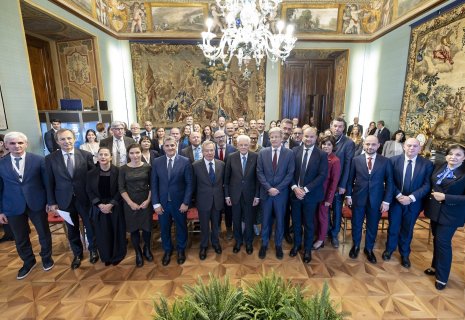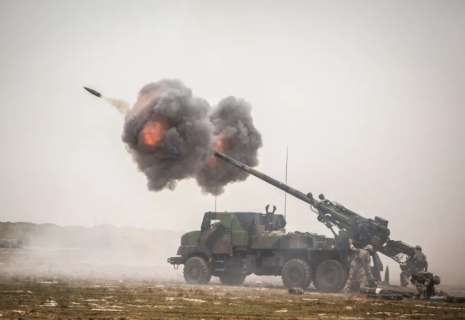
Schengen faces crisis as members reinstate border checks
The Schengen Area is a jewel in the crown of European integration, but on its 40th anniversary, several member states are questioning its foundations, sparking concern, writes the European Newsroom (ENR), which includes the Croatian news agency Hina.
At the start of summer 40 years ago, government representatives from Belgium, Germany, France, Luxembourg, and the Netherlands gathered on a boat in a small Luxembourg village. In that symbolic location—on the Moselle River, at the tri-border point of France, Luxembourg, and Germany—lies Schengen, CE Report quotes HINA.
It was there, on June 14, 1985, that the Schengen Agreement was signed.
The agreement aimed to eliminate border controls between member states, paving the way for the free movement of people. It was fully implemented in 1995, establishing a zone of free movement across much of Europe.
Today, the Schengen Area includes 29 countries: 25 EU member states plus Iceland, Liechtenstein, Norway, and Switzerland.
Ireland and Cyprus are the only two EU countries that have not joined. Ireland opted out due to its common travel area with the United Kingdom, which would pose complications at the border, while Cyprus is currently in the process of joining.
Other countries also aspire to join the Schengen club. Albania, for example, maintains positive and growing economic, political, and security cooperation with Schengen member states. It has benefited from visa-free travel since 2010 and receives strong support for its EU and Schengen integration.
Often regarded as a cornerstone of European integration, the Schengen Area continues to enjoy strong public support.
According to a Eurobarometer survey from October 2024, 72% of respondents said they considered the Schengen Area one of the EU’s most important achievements.
Economic Benefits
The recent accession of Romania and Bulgaria in January 2025 highlights the significance of Schengen.
After years of delays, the two countries finally joined the Schengen Area, initially for air and sea borders in March 2024, and have since reaped substantial economic benefits.
Accession boosted Romania’s appeal to foreign investors by speeding up the movement of goods and services, according to Romanian Finance Minister Tánczos Barna.
The removal of border controls simplified logistics, reduced wait times and costs, and made Romania more competitive on European markets.
Former Bulgarian Prime Minister Nikolay Denkov described this milestone as "the greatest success of Bulgarian diplomacy" since joining the EU in 2007.
The executive director of the Bulgarian Road Hauliers Association, Dimitar Dimitrov, noted that delays at the border with Romania previously cost the sector around €300 million annually, with average wait times of 10 to 15 hours.
In the first three months of this year, traffic between Romania and Bulgaria increased significantly. Nearly 160,000 cars crossed the border, up from 128,000 in the same period in 2024, according to Romania’s road management agency.
Dimitrov emphasized that Schengen membership enhances Bulgaria's strategic value as a transport hub between Turkey and the EU, but warned that outdated infrastructure remains a major obstacle.
A similar situation is seen in Croatia, which joined the Schengen Area in January 2023. Membership enjoys almost unanimous support among Croatian citizens.
The removal of internal border checks is particularly important for Croatia as a tourist destination, with many visitors arriving by car. Since joining Schengen, long queues at border crossings with Slovenia and Croatia have disappeared during summer weekends.
Is the Schengen Area Being Undermined?
While many benefits of the Schengen Area are undeniable, challenges—especially over the last decade—have emerged.
Several countries have reintroduced internal border controls, usually in efforts to curb migration and terrorism.
Although temporary controls have returned to some Schengen borders, they do not imply routine checks of all vehicles, so many travelers experience little or no disruption. During the COVID-19 pandemic, many countries also temporarily closed their borders.
In response to the terrorist attacks of November 2015, France reintroduced controls at land, sea, and air borders with other Schengen states. It has renewed this scheme every six months since then, most recently extending it until October 31, 2025.
In 2015, Austria introduced temporary border checks with Slovenia and Hungary in response to large-scale migration, but these have been extended several times, creating economic challenges and difficulties for cross-border commuters and businesses.
In October 2023, Slovenia introduced controls on its borders with Croatia (which had joined Schengen less than a year earlier) and Hungary. The decision followed Italy's reintroduction of border checks with Slovenia due to the deteriorating situation in the Middle East, increased migrant flows along the Balkan route, and security concerns. These border controls between Slovenia, Croatia, Hungary, and Italy remain in effect.
In Croatia, there was some concern that Slovenia’s move would mark a return to the old regime. However, these fears proved unfounded, as systematic checks of every vehicle and passenger are not being conducted, and traffic continues to flow relatively smoothly.
The EU states that temporary border controls are permitted “in the event of a serious threat to public policy or internal security,” but only as a last resort and in exceptional circumstances.
Member states may introduce border controls if they have valid justification, and they can be extended every six months, usually up to two years. To continue beyond that, the justification must change.
Currently, Slovenia, Austria, the Netherlands, Denmark, France, Norway, Sweden, Germany, Bulgaria, and Italy have temporarily reintroduced some form of border control.
Germany’s new government has increased border patrols since taking office last month, despite frustration from some neighboring countries.
“We must avoid rebuilding borders in people’s minds. The Schengen Area must survive,” said Luxembourg’s Interior Minister Léon Gloden during a meeting with his German counterpart in late May.
The mayors of Strasbourg and Kehl (on opposite sides of the Rhine in France and Germany) complained in a protest letter to German Chancellor Friedrich Merz about heightened border checks between the two cities. They warned that it complicates daily life and reduces the number of Strasbourg residents shopping in Kehl.
Over the past ten years, Germany has gradually introduced temporary land border controls to reduce irregular migration. But the new government, which took office on May 6, has intensified controls and authorized border guards to turn away migrants seeking asylum.
Polish Prime Minister Donald Tusk has criticized this decision, especially because thousands of migrants have been returned across the border from Germany. On Wednesday, he threatened to introduce temporary border controls with Germany, saying it is “very likely” to happen this summer if pressure on border regions continues.
Some Countries Avoid Border Controls
Despite the recent wave of temporary border controls in the Schengen Area, many countries have avoided such measures.
Belgium, for example, tightened border policies but only implemented controls during the COVID-19 pandemic in the winter of 2021. This is notable, given that Belgium—like its neighbors—was under significant pressure from secondary migrant movements and security incidents, such as the 2016 Brussels terrorist attacks.
Whenever France, Germany, or the Netherlands introduced border controls, Belgium defended the free movement of goods and sought to ensure trade was not overly affected.
Portugal is a similar case. Apart from major events—such as the Pope’s visit to Lisbon in 2010 and the COVID-19 pandemic—it has not introduced border checks. Portuguese public opinion generally supports Schengen membership, seeing it as a symbol of European integration and freedom of movement, though it is increasingly aware of the related security and migration control challenges.
A shift in how some countries view the Schengen Area has been noted by the curator of the museum dedicated to this European project in the Luxembourg town where it all began.
The renovated museum is set to reopen on Saturday as part of celebrations marking Schengen’s 40th anniversary.
“A lot has changed since the museum first opened in 2010,” said museum director Martina Kneip.
“Open borders were truly celebrated back then,” she said. But when the COVID-19 pandemic and the refugee crisis hit, people suddenly shouted: “Schengen is dead, nobody wants it anymore, it’s to blame for everything.”
The museum wanted to respond to this change in perception, which is one reason it underwent renovation.
At the museum, visitors can see “how valuable and meaningful the idea of ‘Schengen’ still is,” said Schengen Mayor Michel Gloden.
“We succeeded in removing borders between countries, and we must never allow them to return in people’s minds.”

